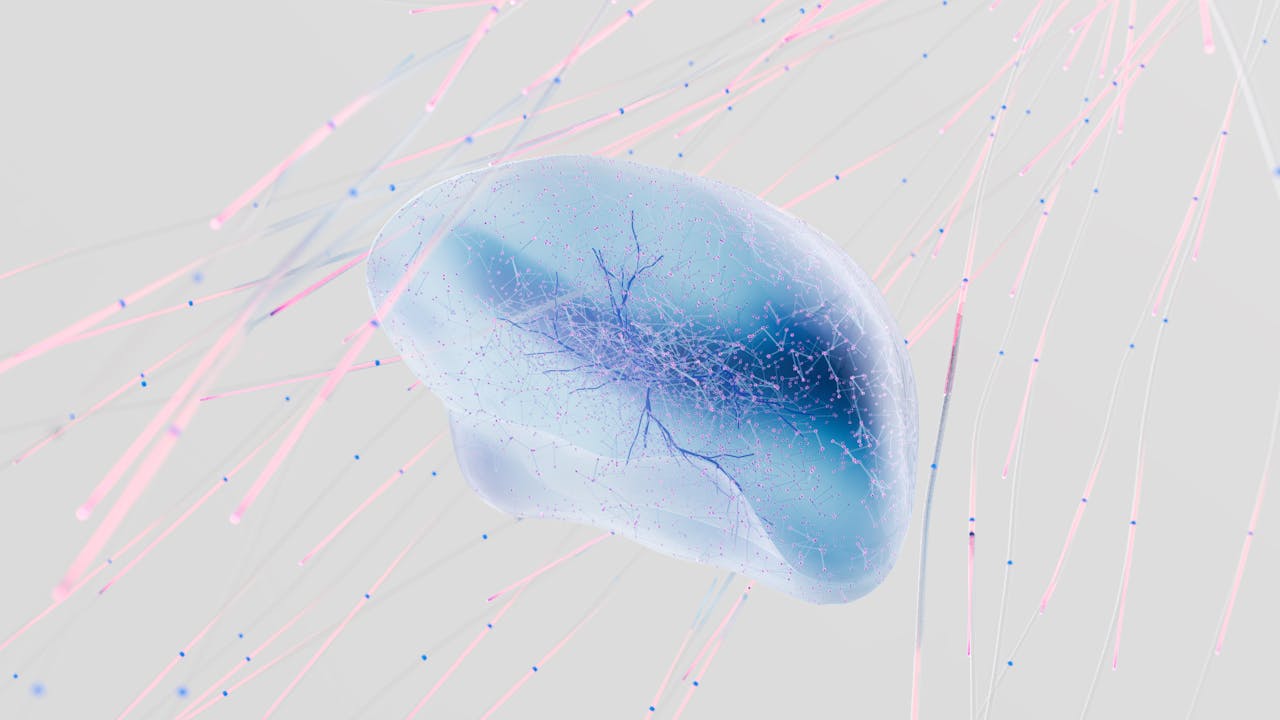News
CDC Reports Dangers Behind Highly Resistant Bacteria
Infections may be harder to treat as bacteria have grown to be highly resistant and intolerable to some of the strongest antibiotic treatments. The Centers for Disease Control and Prevention (CDC) recently announced that several patients are stuck with infections that are no longer curable by modern day antibiotics. The body either heals itself or it deteriorates. The bacteria behind these infections appeared to have developed and can no longer be killed by antibiotics. This new finding is alarming for all people, and now hospitals and doctors must find effective ways of keeping such infections contained.
The threatening bug has been identified as Carbapenem-Resistant Enterobacteriaceae (CRE) and it belongs to the Enterobacteriaceae family, which is comprised of over 70 species. E. coli, one of the more well known bacteria, comes from this family as well. The CRE can infect the patients' bloodstream and nearly half of the victims die from it. Based from the trend over the past few years, multiple Enterobacteriaceae have been recorded to be more and more resistant to almost all types of antibiotics. Doctors have even tried to use last-resort drugs, carbapenems, but had no successes against these developing bugs.
Just this past decade, researchers saw a 400 percent jump of bugs from this bacteria family in becoming resistant to antibiotics. Klebsiella pneumoniae, which is a type of CRE was found to have increased seven times within the last 10 years. With these growing numbers of incurable bacterial infections, it is important to take precautionary measures in preventing the infection from entering the body and from spreading from patient to patient.
CRE infections happen most frequently when patients need care for serious medical conditions, enter a nursing home, or register at long-term acute-care facilities. All three of these locations alone increase the chances of getting a CRE infection because these patients tend to need intravenous medication in fighting off other infections. When a previous infection clears, CRE has a place to grow and thus, infect the patients. Plus, these facilities tend to have a higher concentration of germs, increasing the chances that a patient will get infected. CRE infections are getting more and more dangerous as less and less treatment options are available.
CRE infections are most prevalent in northeastern states. One of the worst outbreaks occurred in 2011 in which seven out of 18 patients died after getting infected at the National Institutes of Health Clinical Center in Bethesda, MD. The CRE strain responsible was Klebsiella pneumoniae.
After reporting that more and more forms of CRE are present in the United States, the CDC stresses the importance of keeping facilities aware of these infectious diseases. If facilities are careful with the bacteria, they can successfully contain it.









Join the Conversation